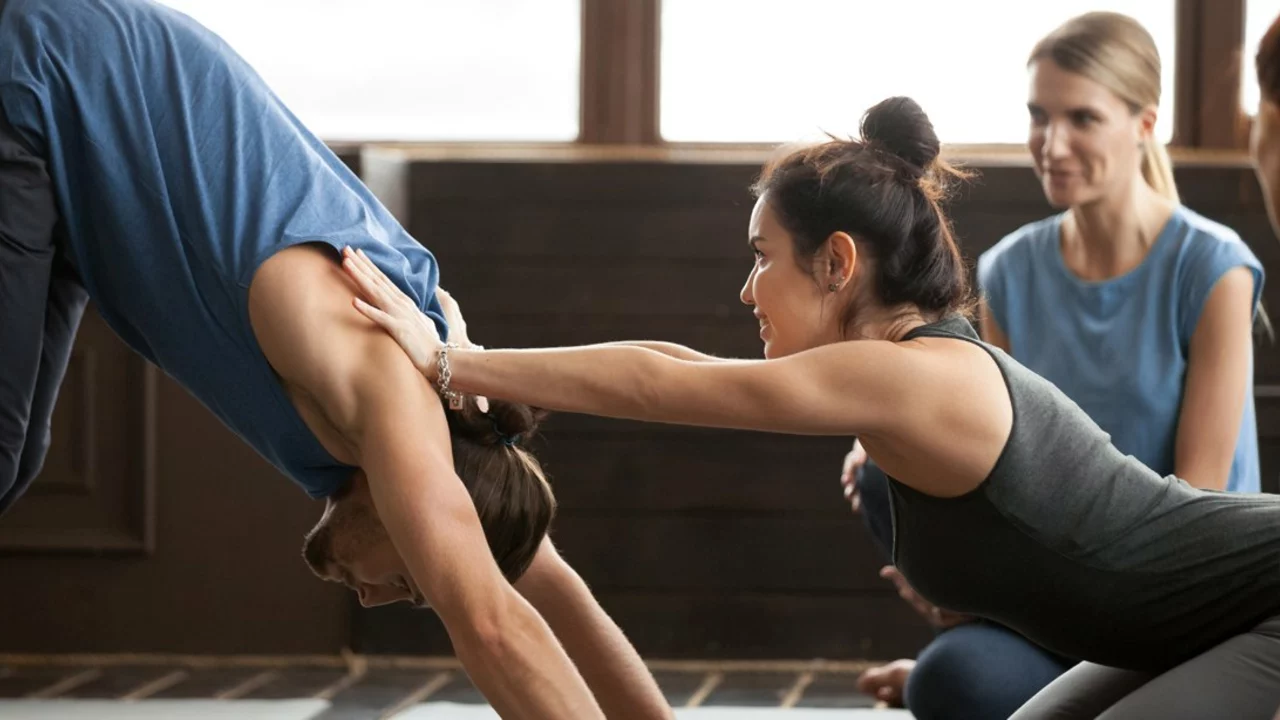Yoga Instruction: Clear, Practical Guidance for Beginners and Teachers
Want simple, useful advice on yoga instruction? Whether you’re starting a daily habit or planning to teach, this page focuses on real tips you can use right away. I’ll cover short routines that actually work, how to choose classes, safety pointers, and teaching basics that help students progress without injury.
Short daily practice that works
Fifteen minutes of yoga a day makes a difference if you use the time well. Try a focused sequence: 2 minutes of breathwork (easy deep breaths), 5 minutes of joint warm-ups and sun salutations, 5 minutes of standing poses for balance and strength, and 3 minutes of a gentle stretch and relaxation. Consistency beats intensity. Doing this daily improves flexibility, mood, and energy more than one long session once a week.
Be specific about goals. If you want better posture, include shoulder-openers and core work. If stress relief is the target, spend longer on breathwork and a short guided relaxation. Track progress with simple markers: can you hold a balance pose longer? Can you touch your toes more easily? These small wins keep you motivated.
Choosing classes and formats
New to yoga? Try an in-person class for the first few months if you can. A teacher can correct alignment and stop bad habits early. If your schedule or budget makes that hard, pick a reputable online course and record yourself once a week to compare. Mix both: an in-person check-in every month and online practice between sessions works well.
Match the style to your needs. Gentle or Hatha suits older adults or those rehabbing injuries. Vinyasa and Ashtanga build strength and cardio. Restorative and Yin are for deep relaxation and flexibility. If you have high blood pressure or other health concerns, tell the teacher before class and avoid sudden inversions until cleared by a doctor.
If you plan to teach, look for training that includes anatomy, hands-on adjustments, ethics, and sequencing practice. Check the syllabus and read reviews. Good mentoring matters more than flashy marketing.
Common problem: knees slipping in crow. Fix it by warming hips and wrists, spreading the fingers wide for grip, pressing the knees high on the triceps, and pulling the navel to the spine. Use a towel or sticky mat under your hands for extra grip. Build wrist and core strength gradually—don’t rush the lift.
Mix yoga with complementary systems carefully. Yoga teacher training can teach Pilates basics, but take formal Pilates training before teaching full classes. Cross-training helps body awareness but respect each discipline’s technical rules.
Finally, keep language simple when you teach: give one clear cue at a time, show a modification, and offer a short reason why a pose helps. That makes practice safer and more meaningful for students. Small, steady steps beat dramatic leaps—whether you’re learning or teaching.
What is the 200-hour yoga teacher training?
The 200-hour yoga teacher training is an immersive, foundational course designed for those aspiring to become yoga instructors. It's a comprehensive program that typically spans over a few weeks or months, covering essential yoga philosophies, postures, and teaching techniques. It's not just about mastering the poses, but also learning how to effectively teach and inspire others. Graduates of this program are usually eligible to register with Yoga Alliance as Registered Yoga Teachers. It's a transformative journey, not just a course, that deepens your own practice while preparing you to teach others.
